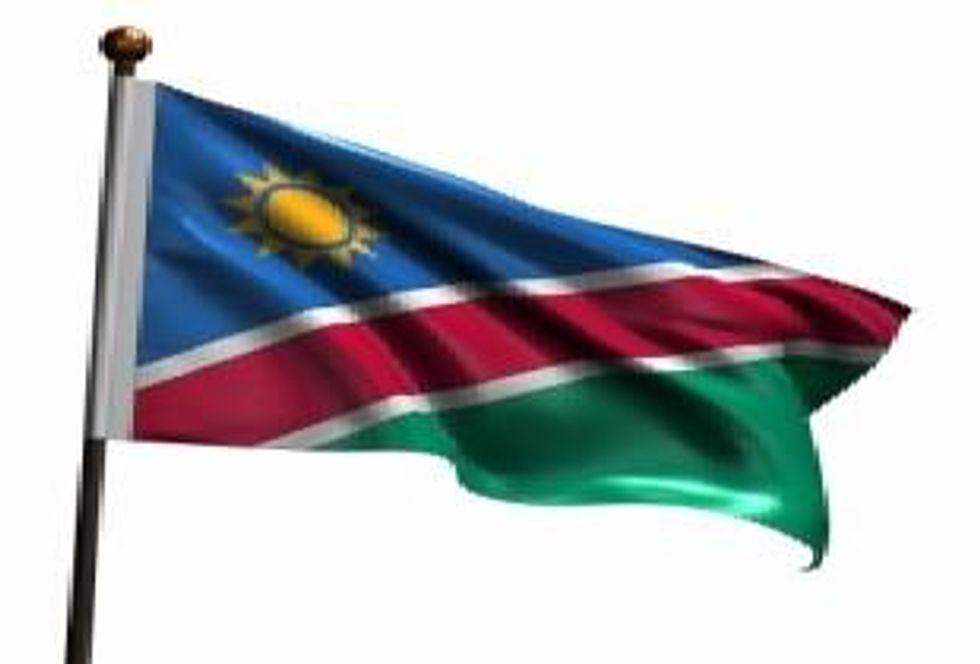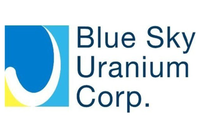The country may be considering legislative changes to ensure its citizens benefit directly from mineral wealth; however, the Chamber of Mines provided a statement recognizing that foreign funds are the major source of investment pledging to work with the Minister to ensure that the industry continues to play its critical role.
Following a headline story that has been developing since last month, the world’s fourth-largest uranium producing country is considering legislative changes to ensure its citizens receive more benefit from the southern African nation’s mineral wealth.
In a press statement to Extract Resources Limited (ASX:EXT), The Chamber of Mines of Namibia outlines the Chamber’s position with respect to statements made by the Namibian Mines and Energy Minister, Isak Katali, on April 20, regarding the potential involvement of state-owned mining company Epangelo (Pty) Ltd in strategic minerals in Namibia. The statement provides assurance that the new policy will not apply to current licenses, exclusive prospecting licenses or current mineral deposit retention licenses.
In the release the Chamber states it “is acutely aware of the impact that such uncertainty has on the global investment community’s excellent regard for Namibia as an investment destination. Given that foreign funds are the major source of investment in exploration and mining in Namibia the Chamber pledges to work with the Minister of Mines to ensure that the mining industry continues to play its critical role in the socio-economic developments of Namibia.”
Context
The economy in Namibia is heavily dependent on the extraction and processing of minerals for export revenue. Although mining accounts for 8 percent of GDP, it provides more than 50 percent of foreign exchange earnings. As well as being a global uranium producer, rich alluvial diamond deposits make the country a primary source for gem-quality diamonds. It also produces large quantities of zinc and is a small producer of gold and other minerals like copper. Namibia has two significant uranium mines capable of providing 10 percent of world mining output with its first commercial uranium mine beginning operating in 1976.
Objectives
Extract is aiming to develop the world’s third-largest uranium mine, and is “confident” its project in Namibia will continue even as the government proposes to give all mining permits to a state-owned company. The Perth-based company released a written announcement to the Australian Stock Exchange, “Extract continues to have regular and positive consultation with the Government of Namibia.”
As 43 percent owner of Extract Resource Limited, Kalahari Minerals (LON:KAH), chairman Mark Hohnen echoed the confident sentiments of regarding the continued progress of the Husab uranium Project. Mr. Hohnen said: “Extract, together with the board of Kalahari, maintains a strong relationship with the government of the Republic of Namibia, and have kept an active and open dialogue with the appropriate ministers and officials throughout our five years of operation in the country.”
The boards of Kalahari and Extract understand the importance of progressing development of Husab for the benefit of all stakeholders, and in turn, the Government of the Republic of Namibia has maintained its support of this process, demonstrated most recently by the extension of EPL 3138, which covers the Husab project area, for a further two-year period to April 30 2013. The market has not responded well to the news as Extract Resources share prices declined over 25 percent over two days before trading was halted at $6.68 and Kalahari Minerals continues to trade down about 8.1 percent in the 225.03 pound range.
Uranium spot market prices weakens
Spot market uranium prices dropped 25 cents to $55.25 a pound over the last week, as reported by Ux Consulting Co.. The report states “Both price and demand have declined, as the implications of the accident have begun to sink in. The price may continue to drift down to the extent that sellers seek to place material in a largely disinterested market.”
Long-term demand for uranium has declined because of the Fukushima crisis, Ux said. The spot price for the nuclear fuel has fallen about 20 percent since the incident and could drop further, it said. “Reactors are being shut down or delayed around the world,” Ux said. “It appears that our base case requirements will drop by about a half billion pounds through 2030, and our high case by roughly 600 million pounds, the result of our projection that demand growth will be delayed by four to five years over what was previously forecast.”
Industry developments
Investors should note that despite bearish long term sentiments from the recent UxConsulting report, the Department of Energy (DOE) announced today that the Consortium for Advanced Simulation of Light Water Reactors (CASL) has completed its first “virtual reactor.” This demonstrates a significant continued commitment to the existing US nuclear projects, and is a highly innovative software utility that will provide improved insight into the operations of reactors, helping the industry reduce capital and operating costs, minimize nuclear waste volume, safely extend the lifetime of the current nuclear fleet and develop new materials for next-generation reactors.
Secretary of Energy Steven Chu stated, “Nuclear energy is our nation’s largest source of carbon-free power and is an important part of our energy mix moving forward. Work done at this facility will help make our fleet of reactors even safer and more efficient while creating jobs, fueling the economy and saving consumers money on their utility bills.”






